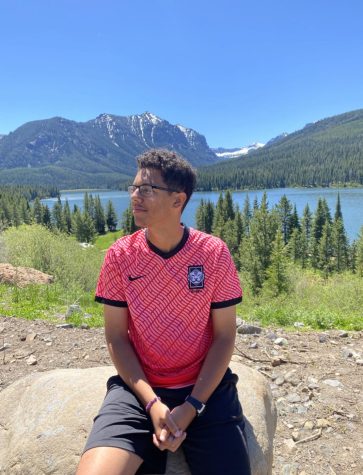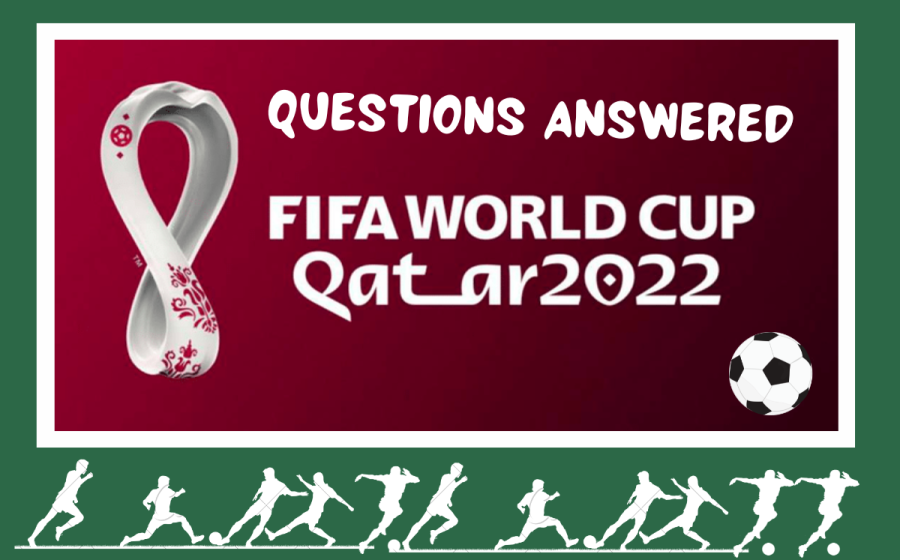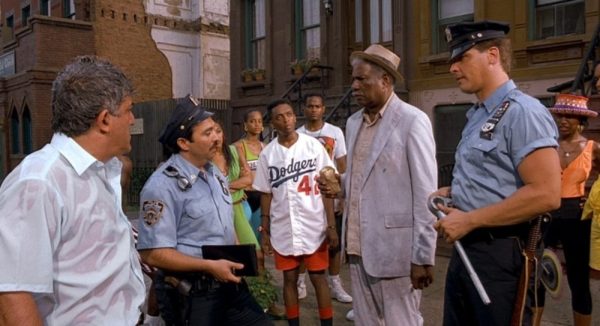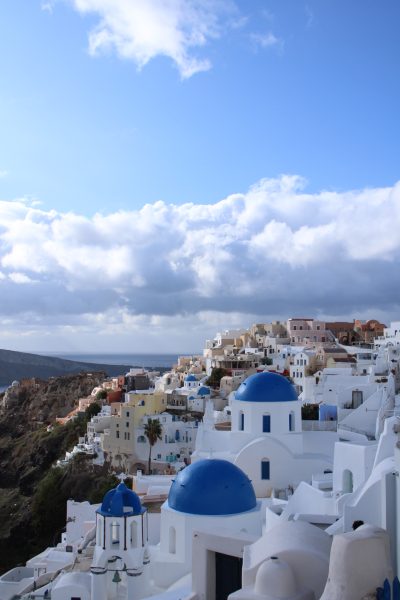The 2022 World Cup explained: the good, bad, and controversial
Senior Julien Payen, also known as our go-to expert for our FIFA inquiries, clears up the confusion about the World Cup.
Before we start, feel free to fill out this form with any and all questions you have about past or current editions of the World Cup, and I’ll answer them in future articles.
Fédération Internationale de Football Association (FIFA). The pinnacle of the soccer world. Organizers of every international tournament you can think of, including the most lucrative of them all: the World Cup.
Every four years, the top 32 teams in the world congregate together to duke it out on the world’s biggest stage. The World Cup has provided some incredible moments in all of our lives, including Diego Forlan’s incredible display of skill with the infamous Jabulani ball in 2010, Andrés Iniesta’s extra-time winner over the Netherlands in the 2010 final, and Germany’s jaw-dropping 7-1 routing of the hosting Brazilian side in 2014.
This World Cup in Qatar has blessed us with some unforgettable moments, such as some controversial VAR decisions, some incredible goals, and even two red cards, the least number since the 1934 edition.
But let’s look at how we got to this point, starting with the bidding war to host this World Cup, the hundreds of qualifying games needed to book a nation’s ticket to the World Cup, and the group stage fixtures that brought us to the round of 16 matchups from last week.
In December of 2010, 12 years before the 2022 World Cup, FIFA President Gianni Infantino and the rest of the FIFA Committee controversially voted to have Qatar host the 2022 edition of the World Cup. Lots of criticism came with that decision, but in the end, Qatar was allowed to continue as host. It would go on to spend more money on this World Cup than every other edition combined, spending an alleged $230 billion (Editor’s note: Yes, with a B) on the stadiums and infrastructure.
For instance, Lusail Stadium has the capacity to hold 90,000 spectators, and after the World Cup ends, it is set to host housing units, shops and markets, and even a school. Another stadium built in Qatar, Stadium 974, just hosted its final game and will now be deconstructed and repurposed as shipping containers all over the globe.
While there have been many engineering feats that made it possible to host this World Cup, it’s important not to overlook the fact that thousands of migrant workers have died under the harsh conditions imposed by the Qatari government, including long hours and a lack of pay.
In the years leading up to the World Cup, 865 qualifying matches were held across six different confederations with over 206 participating member associations, including juggernauts such as France, Brazil, Portugal, Argentina, and the best of all, Haiti (please disregard the goal that got us eliminated).
However, even in the qualifying stages, there were some serious surprises. The sixth-ranked team in the world, Italy, failed to qualify for their second-consecutive World Cup to the shock of Italians and non-Italians alike after failing to beat North Macedonia in the qualifying play-off. Colombia and Chile, both South American giants, were eliminated in the qualifiers, seemingly signifying the end of the Chilean “golden generation” that was able to bring back-to-back Copa America trophies home to Santiago.
In Africa, the Mo Salah-led Egyptian team was unable to beat Senegal in what seemed like a carbon copy to the 2021 African Cup of Nations final, and a resurgence in success for the Nigerian federation was subsequently squashed by the Black Stars of Ghana, now led by Iñaki Williams and the legendary Ayew brothers.
All this drama and entertainment, and at that point, we had yet to even reach the draw for group stages!
Four teams in the 2022 edition were absent in Russia in 2018, including the Welsh and Canadian federations, who had not qualified since 1958 and 1986, respectively.
The draw, held in Doha, went relatively without issue, except for the fact that fans of the US realized that they would have to play against their friends across the pond, England.
The opening whistle blew in the first match between Qatar and Ecuador (which, for some reason wasn’t going to be the first match until a couple weeks before the World Cup?) to the cheers (or boos) of over 100 million people around the world, and that was that. The four-year wait for another World Cup had officially ended, and the 2022 World Cup had officially begun with soccer/football/fútbol fans growing excited for the next few weeks.
Today, only two days before the first quarterfinal match, soccer—or football—fans around the world continue to anticipate in awe as we watch some of the greatest teams of our generation duke it out for the chance to win the most prestigious tournament ever created.
Your donation will support the student journalists of Watkins Mill High School. Your contribution will allow us to purchase equipment and cover our annual website hosting costs.

Julien Payen is a senior at Watkins Mill High School. He is the Co-Editor-in-Chief and photography director for The Current. He plays tennis (go 'Rines!)...













